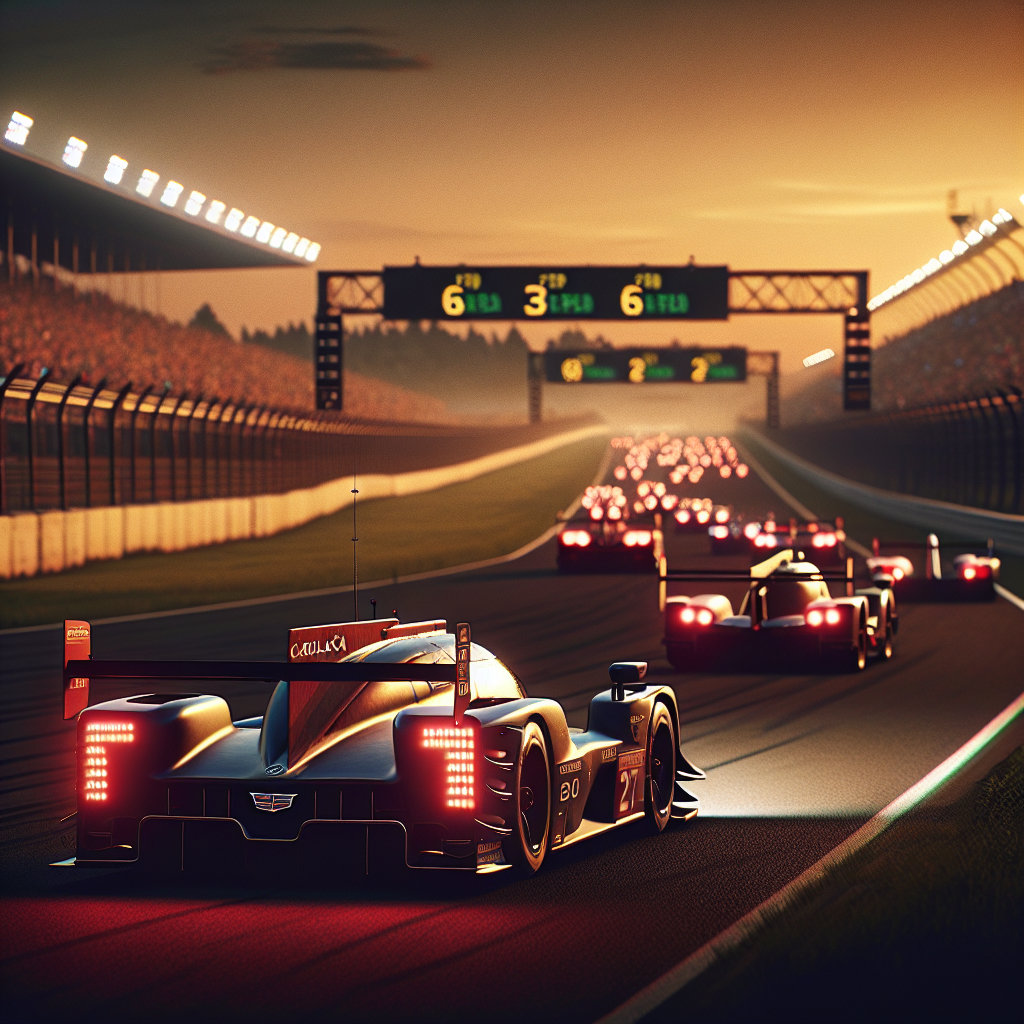
The World Endurance Championship's Fuji round has delivered exciting developments both on and off the track. Cadillac secured an impressive front-row lockout in qualifying, marking their third such achievement of the season [1]. Meanwhile, major news emerged about the future of the sport as Ford confirmed its ambitious plans to join the Hypercar class.

In a remarkable convergence of motorsport history and automotive collecting, two extraordinary vehicles with Formula 1 pedigree are heading to auction blocks. A 1985 Mercedes-Benz 190 E originally owned by three-time F1 champion Ayrton Senna is expected to fetch between £220,000 and £250,000 [1], while Max Verstappen's former Porsche 911 GT2 RS Clubsport is being offered at $650,000 [2].

A dramatic turn of events at the Japanese Grand Prix sprint race has resulted in significant consequences for reigning MotoGP champion Jorge Martin, who suffered a broken collarbone in a major collision. The incident has sparked discussions about racing safety and led to immediate reconciliation efforts between the affected teams and riders [1].

The automotive industry is experiencing significant disruptions as major manufacturers and suppliers grapple with labor disputes and economic pressures. From production halts at key facilities to substantial workforce reductions, the sector is undergoing a period of substantial transformation that affects both traditional and electric vehicle manufacturing operations.

The MotoGP Japanese Grand Prix is shaping up to be a pivotal moment in the 2025 championship, with Francesco Bagnaia showing promising signs of recovery while Marc Marquez stands on the brink of securing his seventh MotoGP title. Bagnaia has kicked off the Asian leg of the season with an impressive practice performance at Motegi, suggesting a potential turnaround in his challenging season [1].

The automotive retail landscape is experiencing significant shifts as manufacturers and dealers navigate supply challenges, pricing pressures, and changing consumer financing patterns. While some brands struggle with inventory constraints, others are introducing aggressive financing options to maintain sales momentum, creating a complex market environment for both dealers and car buyers.
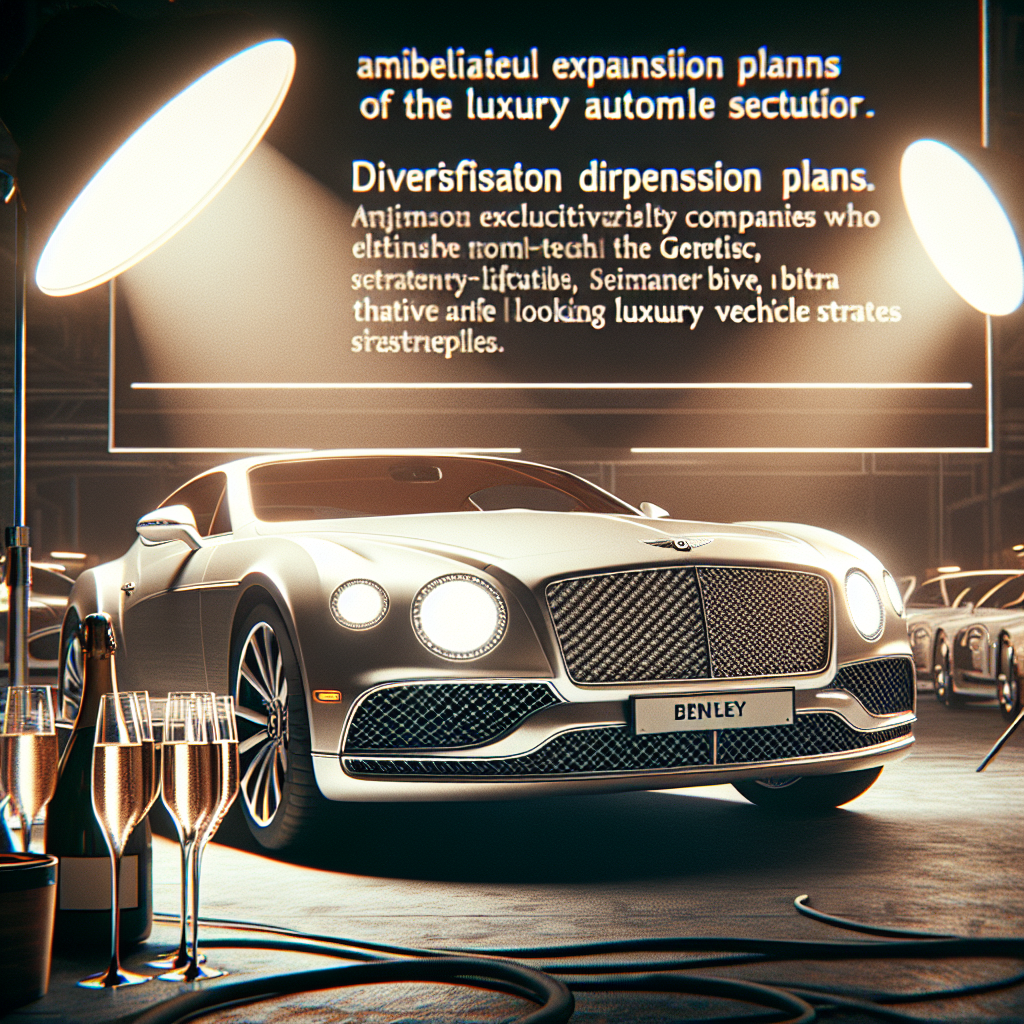
Several premium automotive brands are recalibrating their electric vehicle strategies while simultaneously expanding into new market segments. From Bentley's revised EV timeline to Genesis's ambitious expansion plans, luxury manufacturers are demonstrating agility in response to market dynamics while maintaining their commitment to exclusivity and innovation.
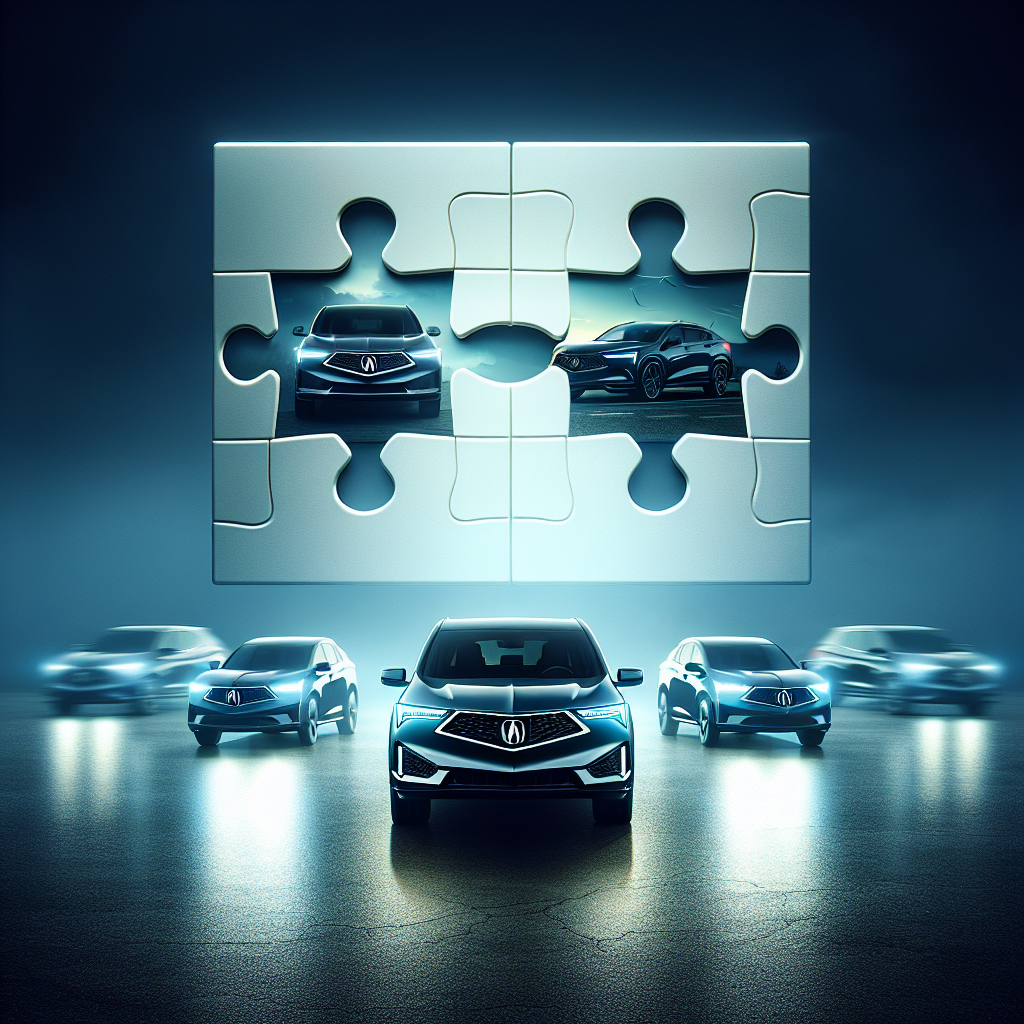
In a significant strategic shift, Honda's luxury division Acura has announced the discontinuation of its first all-electric vehicle, the ZDX SUV, after just one year in production. The move represents a broader realignment of Acura's electrification strategy as the company plans to transition to a dedicated electric vehicle platform for future models [1].
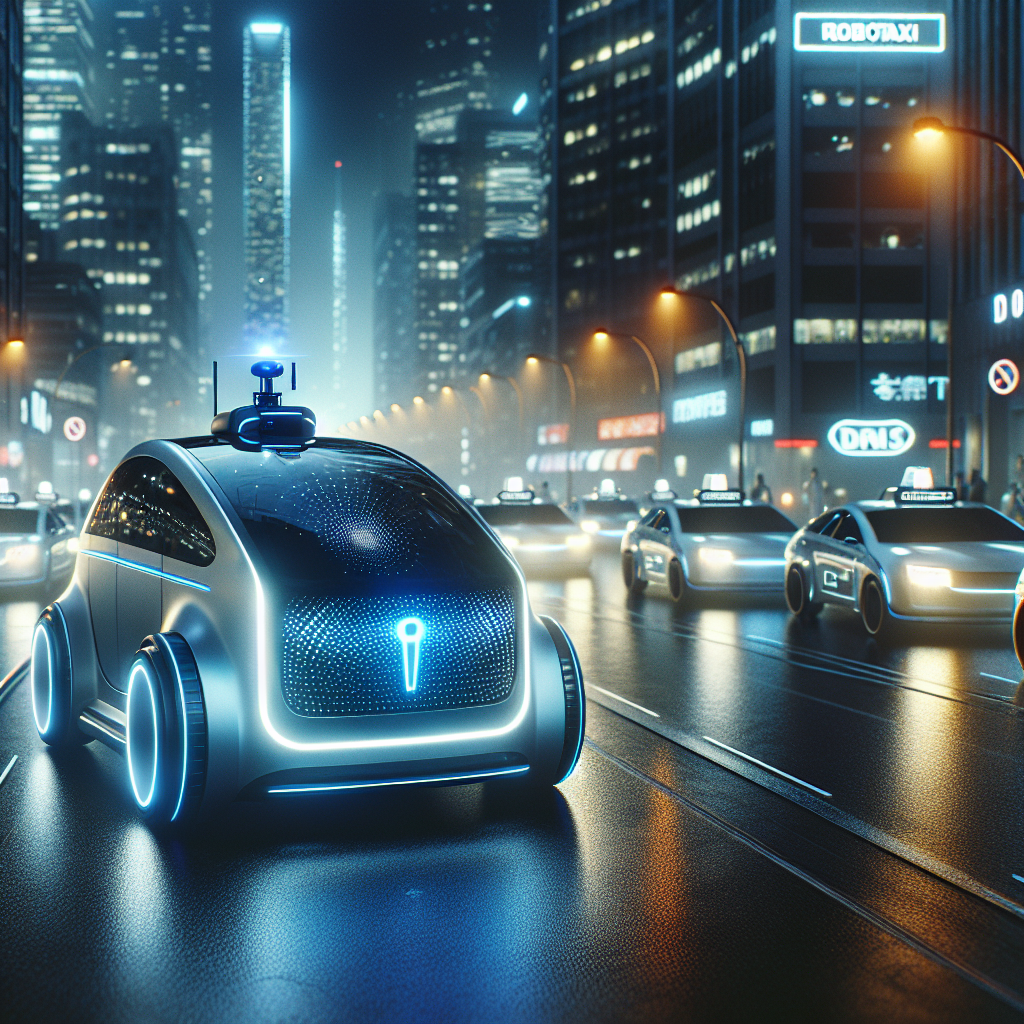
The autonomous vehicle industry is experiencing significant growth as multiple companies launch new services and expand into fresh markets. Recent developments show robotaxi operators are diversifying their business models beyond traditional ride-hailing, forming strategic partnerships, and entering new geographic territories, signaling a maturing market for autonomous mobility services.
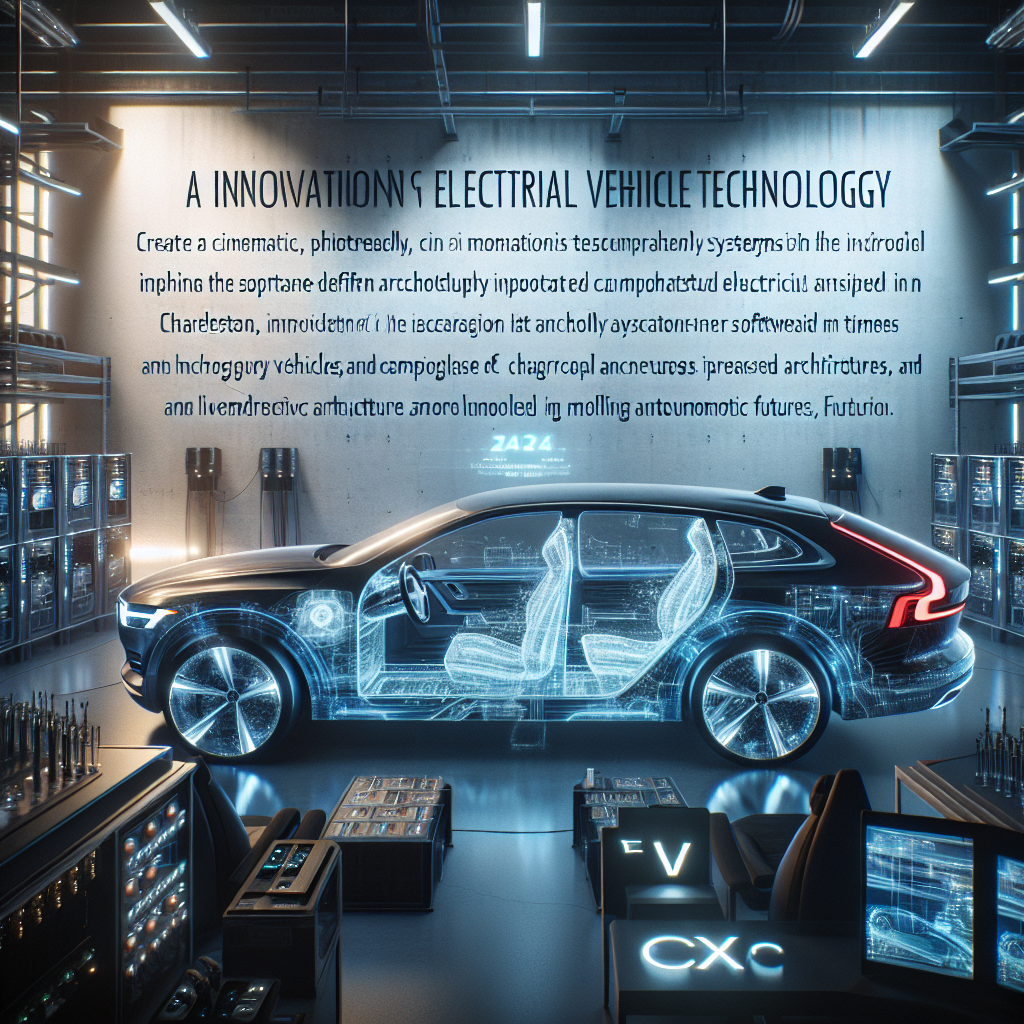
In a significant advancement for electric vehicle technology, Volvo is implementing a new electrical architecture in its EX90 SUV that promises faster charging times and improved overall performance. This development represents a major step forward in the evolution of software-defined vehicles, with Volvo's Charleston factory playing a central role in this technological transformation.